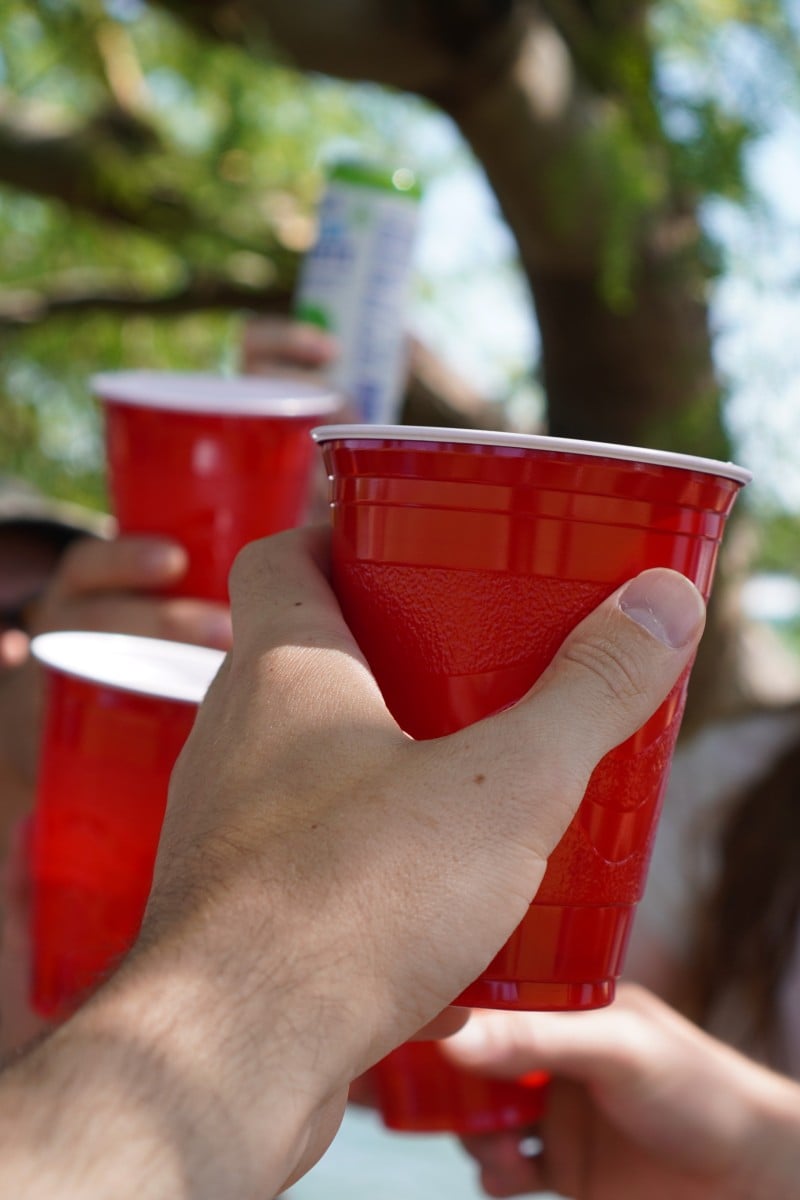
WHO rings the alarm on the rising use of alcohol and e-cigarettes among youth
- WHO Europe report revealed 57% of 15-year-olds had drunk alcohol at least once; overall drinking decreased for boys and rose for girls
- Smoking is on the decline, but around 32% of 15-year-olds have used a vape at least once
 A new report from the World Health Organization has called the widespread use of alcohol and e-cigarettes among the youth “alarming”. Photo: Shutterstock
A new report from the World Health Organization has called the widespread use of alcohol and e-cigarettes among the youth “alarming”. Photo: Shutterstock A report released by the World Health Organization’s (WHO) European branch said that the extensive use of alcohol and e-cigarettes among the youth is “alarming”. The report also recommended measures to limit access of these substances to youngsters.
Based on survey data from 280,000 young people aged 11, 13 and 15 in Europe, Central Asia and Canada, the WHO said it showed a “concerning picture” of substance use among young people.
“The long-term consequences of these trends are significant, and policymakers cannot afford to ignore these alarming findings,” the health body said.
The report found that 57 per cent of 15-year-olds had drunk alcohol at least once, for girls the figure was 59 per cent, compared to 56 per cent of boys.
The WHO noted that overall drinking had decreased for boys, while it had increased for girls.
When it came to current use – defined as having drunk at least once in the last 30 days – eight per cent of 11-year-old boys reported having done so, compared to five per cent of girls.
Don’t force kids to grow up too quickly
But by age 15, girls had overtaken boys, with 38 per cent of girls saying they had drunk at least once in the last 30 days, while only 36 per cent of boys had.
“These findings highlight how available and normalised alcohol is, showing the urgent need for better policy measures to protect children and young people from harms caused by alcohol,” said WHO Europe – which gathers 53 countries including several in Central Asia.
In addition, nine per cent of teenagers reported having experienced “significant drunkenness” – having been drunk at least twice.
The WHO said this rate climbed from five per cent among 13-year-olds to 20 per cent for 15-year-olds, “demonstrating an escalating trend in alcohol abuse among youth”.
The report also highlighted the increased use of e-cigarettes, often called vapes, among teenagers.
While smoking is declining, with 13 per cent of 11-15 year-olds having smoked in 2022, two percentage points less than four years earlier, the report noted that many of them have instead adopted e-cigarettes – which have overtaken cigarettes among adolescents.
The Lens: Vapes are more harmful than hip and need more restrictions
Around 32 per cent of 15-year-olds have used an e-cigarette, and 20 per cent reported having used one in the last 30 days.
“The widespread use of harmful substances among children in many countries across the European Region – and beyond – is a serious public health threat,” WHO Regional Director for Europe Hans Kluge said in a statement.
Kluge called for higher taxes, restrictions in availability and advertising, as well as a ban on flavouring agents.
“Engaging in high-risk behaviours during the adolescent years can shape adult behaviour, with substance use at an early age being linked to a higher risk of addiction,” the report said.
“The consequences are costly for them and society,” it added.
Cannabis use, meanwhile, was down slightly with 12 per cent of 15-year-olds having ever used it, down four percentage points in as many years.
Conducted every four years by the WHO, the HBSC (Health Behaviour in School-aged Children) survey examines the health behaviour of 11, 13 and 15-year-olds, and includes a section on substance use.